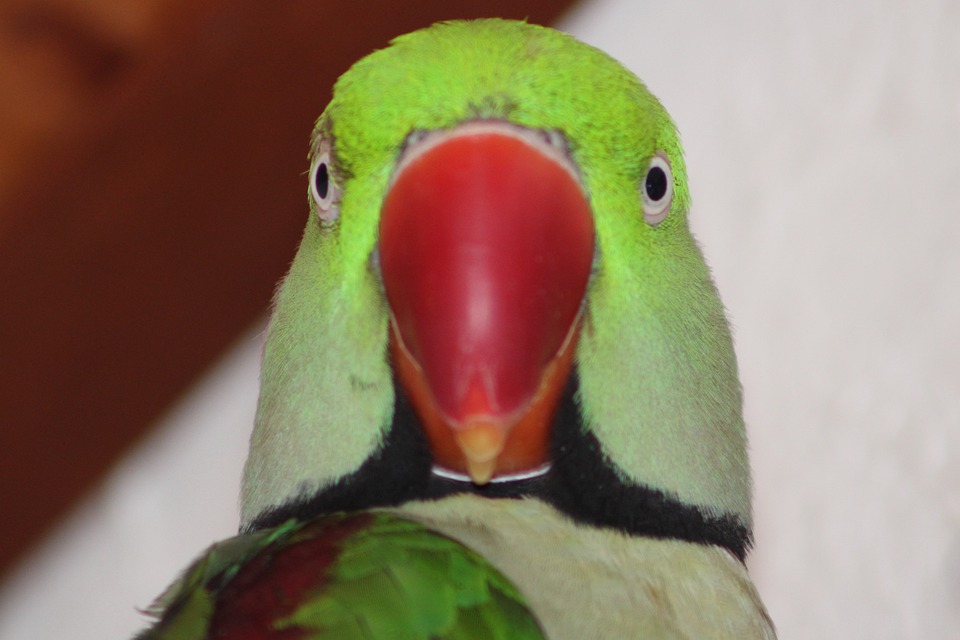Welcome to our comprehensive guide on parrot training techniques aimed at discouraging impatience during sessions. In this article, we will explore effective strategies to maintain your parrot’s focus, optimize training sessions, and create a harmonious learning environment for your avian companion. Additionally, we have included a FAQs section to address common queries related to parrot training. Let’s dive in!
I. Understanding Impatience in Parrots
A. Unveiling the reasons behind impatience
Parrots, like humans, can become impatient during training sessions. Understanding the underlying reasons, such as boredom, frustration, or lack of stimulation, can help you address and prevent impatience effectively.
B. Recognizing signs of impatience in parrots
It’s crucial to recognize signs of impatience in your parrot to adjust training techniques accordingly. Common signs include squawking, restlessness, biting, or attempting to fly away.
II. Establishing a Solid Foundation for Training
A. Building trust and establishing a bond with your parrot
Before starting training sessions, it’s essential to build trust and establish a bond with your parrot. Spend quality time together, offer treats, and engage in gentle interactions to create a positive relationship.
B. Creating a positive training environment
Parrots thrive in a positive and comfortable training environment. Minimize distractions, ensure adequate lighting, and provide a safe space where your parrot feels secure.
C. Consistency is key: Establishing a routine
Parrots appreciate consistency and routine. Set a regular training schedule, keeping sessions short and frequent. This will help your parrot understand expectations and maintain focus.
III. Implementing Techniques to Discourage Impatience
A. Start with short training sessions
Parrots have short attention spans, so it’s crucial to start with short training sessions. Gradually increase the duration as your parrot becomes more comfortable and focused.
B. Utilize positive reinforcement
Positive reinforcement, such as treats, praise, or favorite toys, can motivate your parrot during training. Reward desired behaviors promptly to reinforce their understanding.
C. Introduce proper pacing and breaks
Parrots need breaks to process information and prevent frustration. Incorporate short breaks between training exercises to maintain their interest and prevent impatience.
IV. Interactive Training Activities to Foster Patience
A. Target training: Teaching parrots to touch a target stick
Target training is an excellent way to engage your parrot’s mind and improve patience. Teach them to touch a target stick with their beak or foot, rewarding them each time they successfully do so.
B. Recall training: Encouraging parrots to come when called
Recall training not only enhances your parrot’s patience but also helps ensure their safety. Start in a secure environment and gradually increase the distance, rewarding them for coming when called.
C. Trick training: Stimulating the mind while improving patience
Trick training, such as teaching your parrot to wave, spin, or play dead, stimulates their mind and improves their patience. Break down tricks into small steps and reward their progress along the way.
V. Addressing Common Challenges during Training
A. Dealing with distractions
Parrots can easily get distracted, so it’s essential to create a distraction-free training environment. Close windows, turn off electronics, and remove other pets from the room during sessions.
B. Overcoming fear and anxiety
Some parrots may exhibit fear or anxiety during training, which can hinder their patience. Gradually introduce new stimuli, use positive reinforcement, and provide reassurance to help them overcome their fears.
C. Handling stubbornness or refusal to participate
If your parrot displays stubbornness or refuses to participate, reassess your training techniques and adjust accordingly. Remain patient, use positive reinforcement, and seek professional guidance if needed.
VI. FAQs: Common Questions about Parrot Training
1. How long should training sessions last?
Training sessions should be kept short, typically between 10-15 minutes, to maintain your parrot’s focus and prevent impatience.
2. What are some effective rewards for parrot training?
Effective rewards for parrot training include their favorite treats, praise, head scratches, or access to a preferred toy.
3. How often should I train my parrot?
Training sessions should be conducted regularly, ideally a few times a week, to reinforce learning and maintain progress. However, avoid overtraining, as it can lead to fatigue and impatience.
4. How do I handle my parrot’s frustration during training sessions?
If your parrot becomes frustrated during training, take a short break to allow them to calm down. Reassess the difficulty level of the task and make adjustments if necessary.
5. Can parrots be trained to talk or mimic sounds?
Yes, parrots are renowned for their ability to mimic sounds and even learn to talk. With patience and consistent training, you can teach your parrot to mimic specific words or phrases.
6. What if my parrot loses interest in training?
If your parrot loses interest in training, it’s crucial to reassess your training techniques. Introduce new and exciting activities, vary the training environment, or seek professional guidance to reignite their interest.
Conclusion:
By following the techniques outlined in this article, you can effectively discourage impatience during parrot training sessions and create a positive learning experience for your feathered friend. Remember, patience, consistency, and understanding are crucial in fostering a strong bond and achieving successful training outcomes. Enjoy the journey of training and watch as your parrot flourishes into a well-behaved and happy companion.









